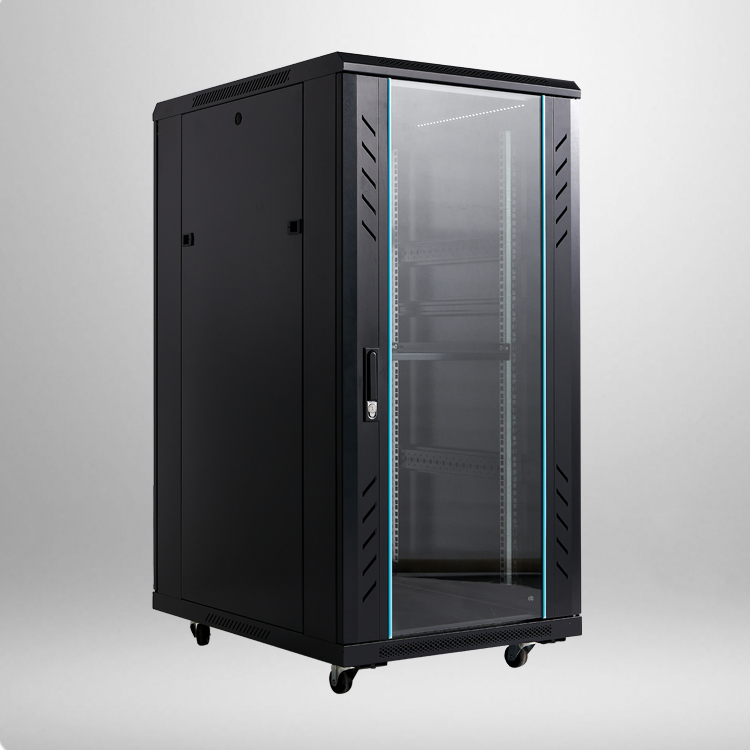
A network server cabinet, also known as a server rack or server enclosure, is an essential component in any data center or IT infrastructure. It is designed to house and protect networking equipment, servers, and other critical hardware.
There are several factors that contribute to making a network server cabinet exceptional. These factors include:
The size and capacity of the server cabinet are crucial factors to consider. It should be able to accommodate all the necessary networking equipment and servers. The cabinet should have sufficient vertical rack space, internal depth, and width to house hardware of various sizes.
Heat is a major concern in server rooms due to the heavy workload and the concentration of equipment. An exceptional server cabinet should have adequate ventilation to ensure proper airflow, preventing overheating and optimizing performance. Features like mesh doors, side panels, and integrated fan modules can enhance cooling capabilities within the cabinet.
Effective cable management is essential for maintaining a tidy and organized server cabinet. It helps prevent cable tangling, reduces clutter, and improves airflow. An exceptional cabinet should have cable management features such as cable ducts, cable trays, and cable management rings. These features enable the neat routing and organization of cables, facilitating easy maintenance and troubleshooting.
Since a server cabinet houses critical infrastructure components, security is of utmost importance. An exceptional server cabinet should provide physical security features to protect the equipment against unauthorized access, theft, and tampering. These features may include lockable doors and side panels, secure locking systems, and alarm systems.


